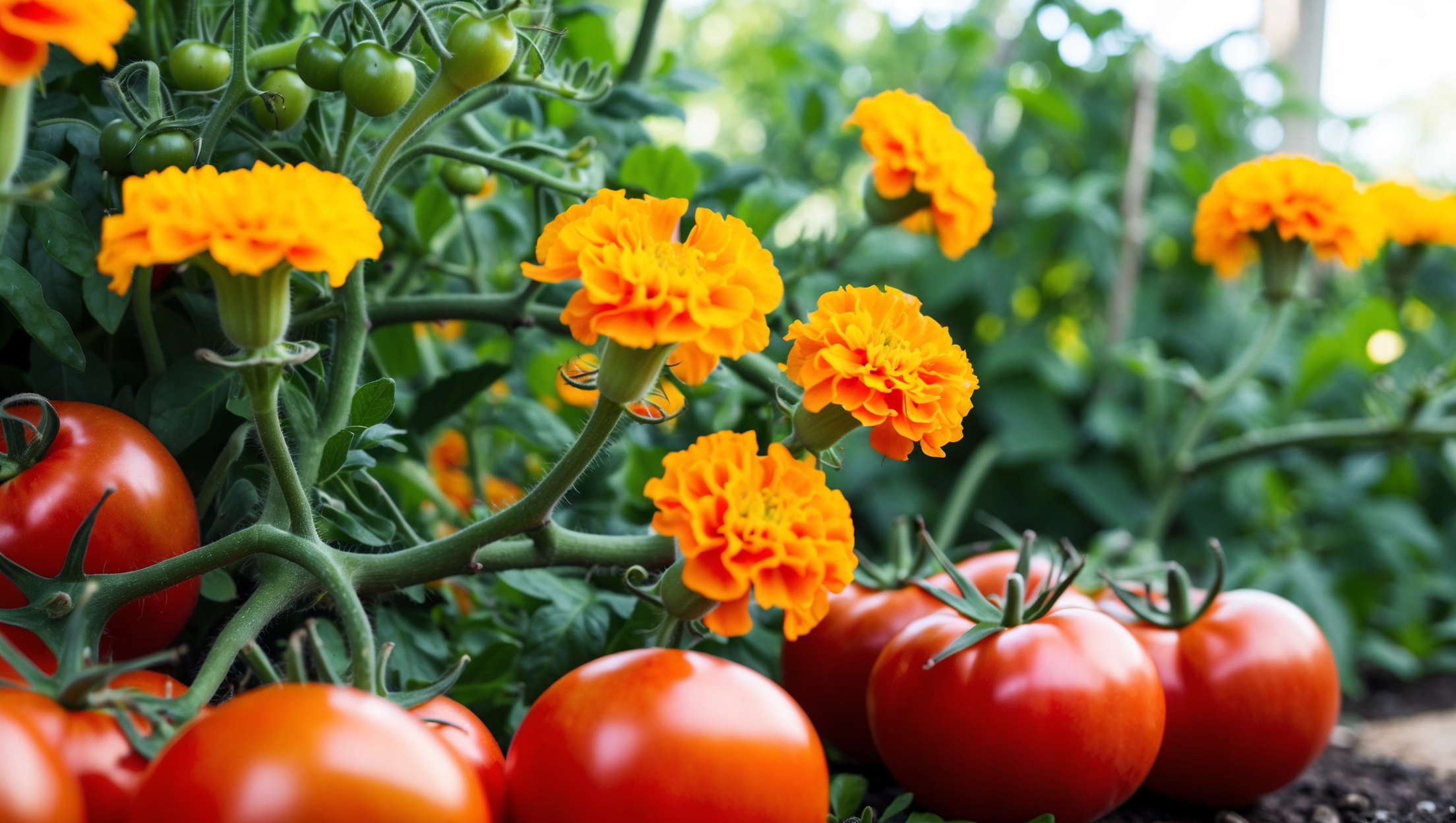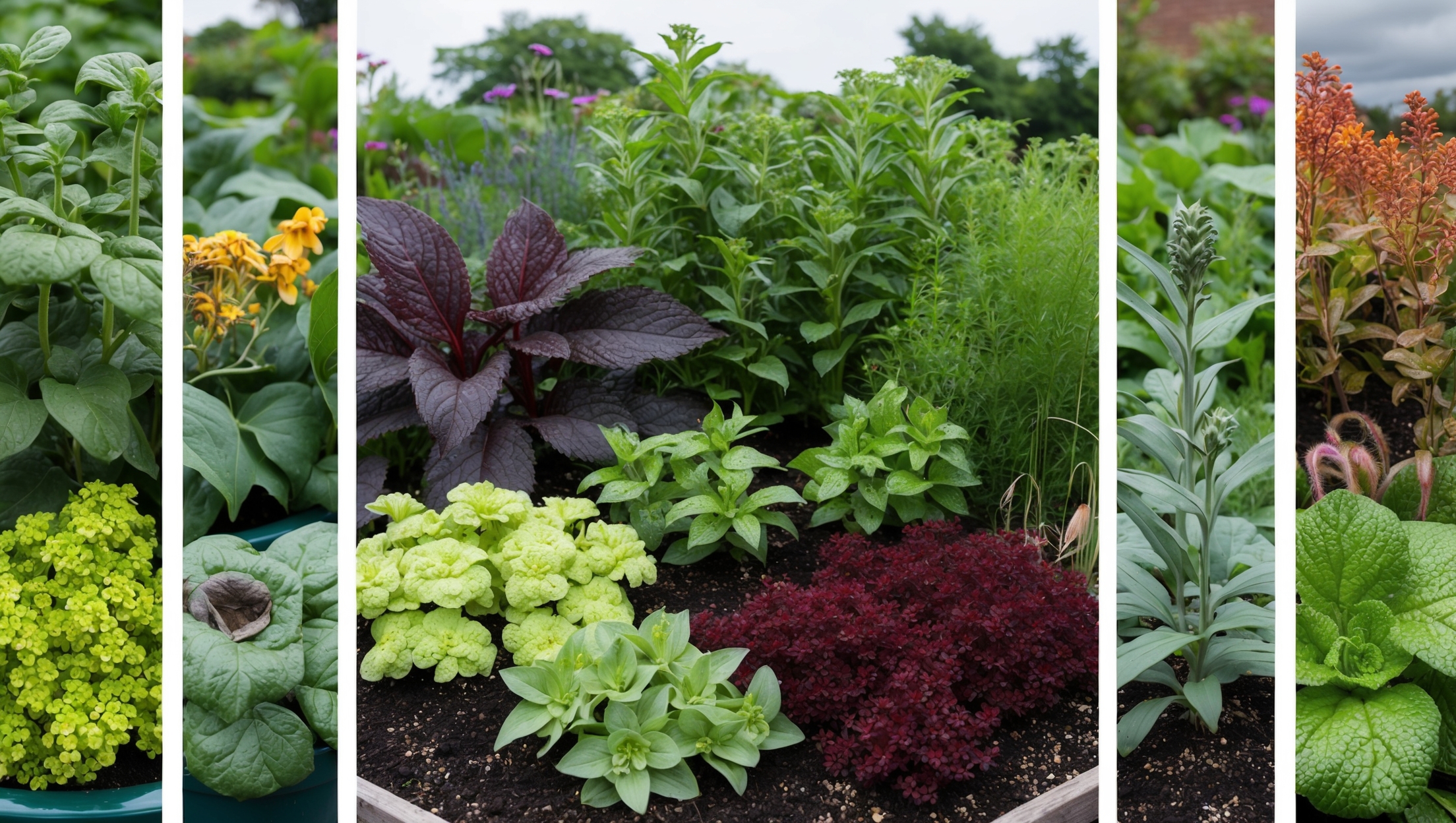Unleashing the Secret Power of Companion Planting: Your Garden's New Best Friend
Hello fellow green thumbs (or aspiring ones)! If you’ve ever looked at your garden and thought, “Can these plants communicate?” then you’re not alone. Welcome to the magical world of companion planting—where plants get the best of both worlds: neighbors they love and a flourishing ecosystem.
Before you brush this off as just a whimsical plant fantasy (though that does sound fun), let me assure you—companion planting is firmly rooted (pun intended) in gardening science. It’s like finding the peanut butter to your jelly or the black coffee to your Monday morning—the right plant pairings can enhance growth, deter pests, and improve soil health. Intrigued yet?

The Basic Principle of Companion Planting
Here’s the scoop: Certain plants can help each other grow when their roots and leaves intermingle. It’s a bit like having a supportive friend by your side—they fend off each other’s bullies (aka pests), share resources, and sometimes even improve each other’s flavors. Take marigolds and tomatoes, for example. Plant them together, and you’ll not only get stunning color contrast but also fewer nematodes bothering your tomatoes. It’s a gardening win-win!
Plant Partnerships That Pack a Punch
Let’s go over some classic plant partnerships:
Basil and Tomatoes: Not just a pizza topping match made in heaven! Basil can drive away insects like flies and mosquitoes, helping your tomatoes reach their juicy potential.
Carrots and Onions: When grown together, the onion’s smell confuses carrot-loving pests, while the carrot roots aerate the soil for the onions. Talk about teamwork!
Beans and Corn: The “Three Sisters” method involving beans, corn, and squash is an ancient symbiotic trio. Here, beans enrich the soil with nitrogen, benefiting the taller corn that provides them support.

Tips for Successful Companion Planting
To make the most of your plant pairings, keep these handy tips in mind:
- Spacing: Give each plant enough room for roots and airflow. Overcrowding helps nobody.
- Rotation: Rotate your crops yearly to prevent soil-borne disease buildup.
- Research: Compatibility is key, so double-check your plant pairings!
Why Bother with Companion Planting?
You might be thinking, “Is this really worth the effort?” Well, plant buddies can lead to healthier crops, reduced need for chemical pesticides, and a more sustainable garden. Plus, it’s an inviting challenge to learn and experiment. And who doesn’t love finding a new gardening adventure?

In conclusion, companion planting is like setting your garden up with the perfect supportive community. So next time you’re elbow-deep in soil, consider what plant friendships you might be able to nurture. Your garden—and possibly your taste buds—will thank you. Now, who wouldn’t love a garden that chats amongst itself to solve its own problems?
Happy planting, friends! And remember, your plants may be stationary, but they sure aren’t antisocial. 🌿